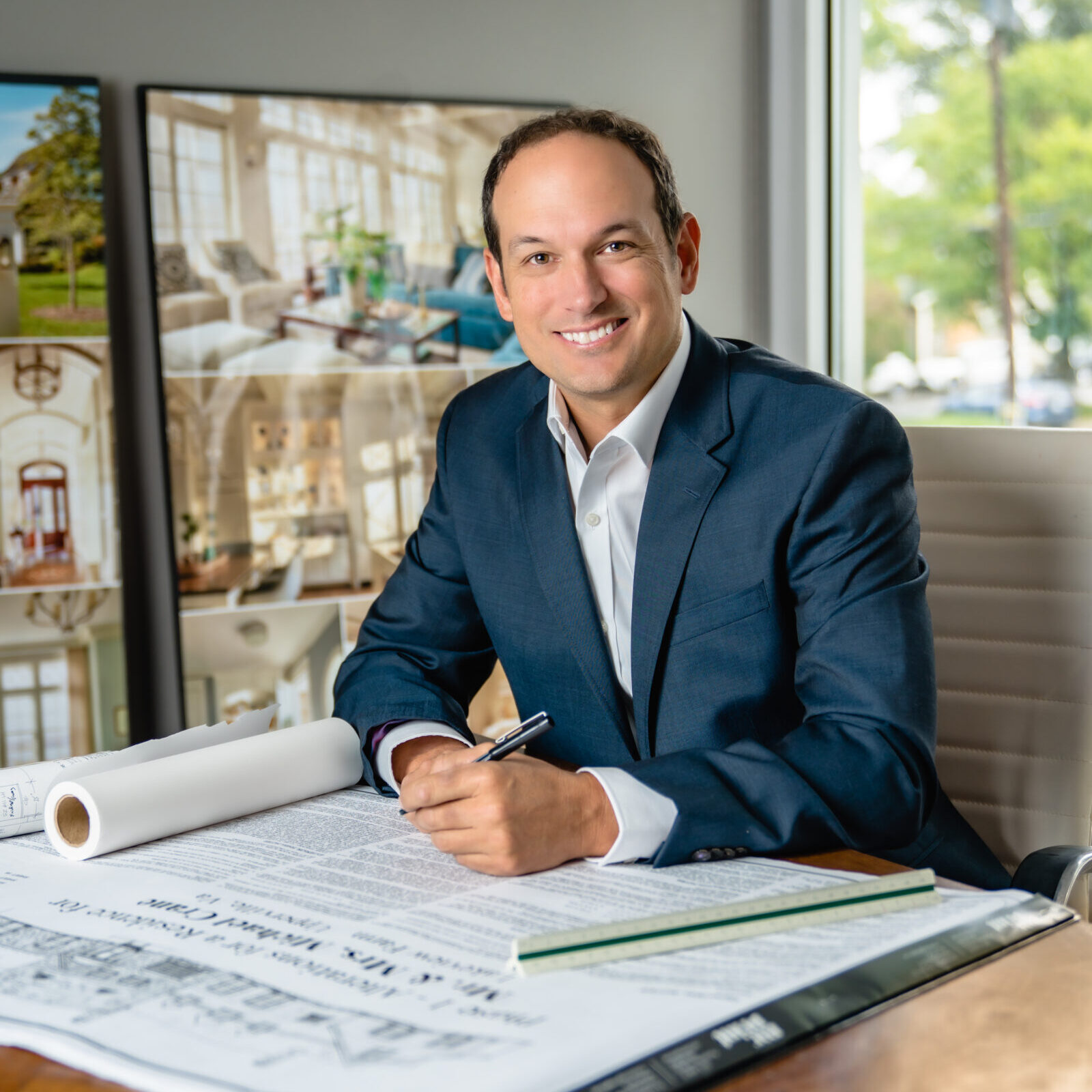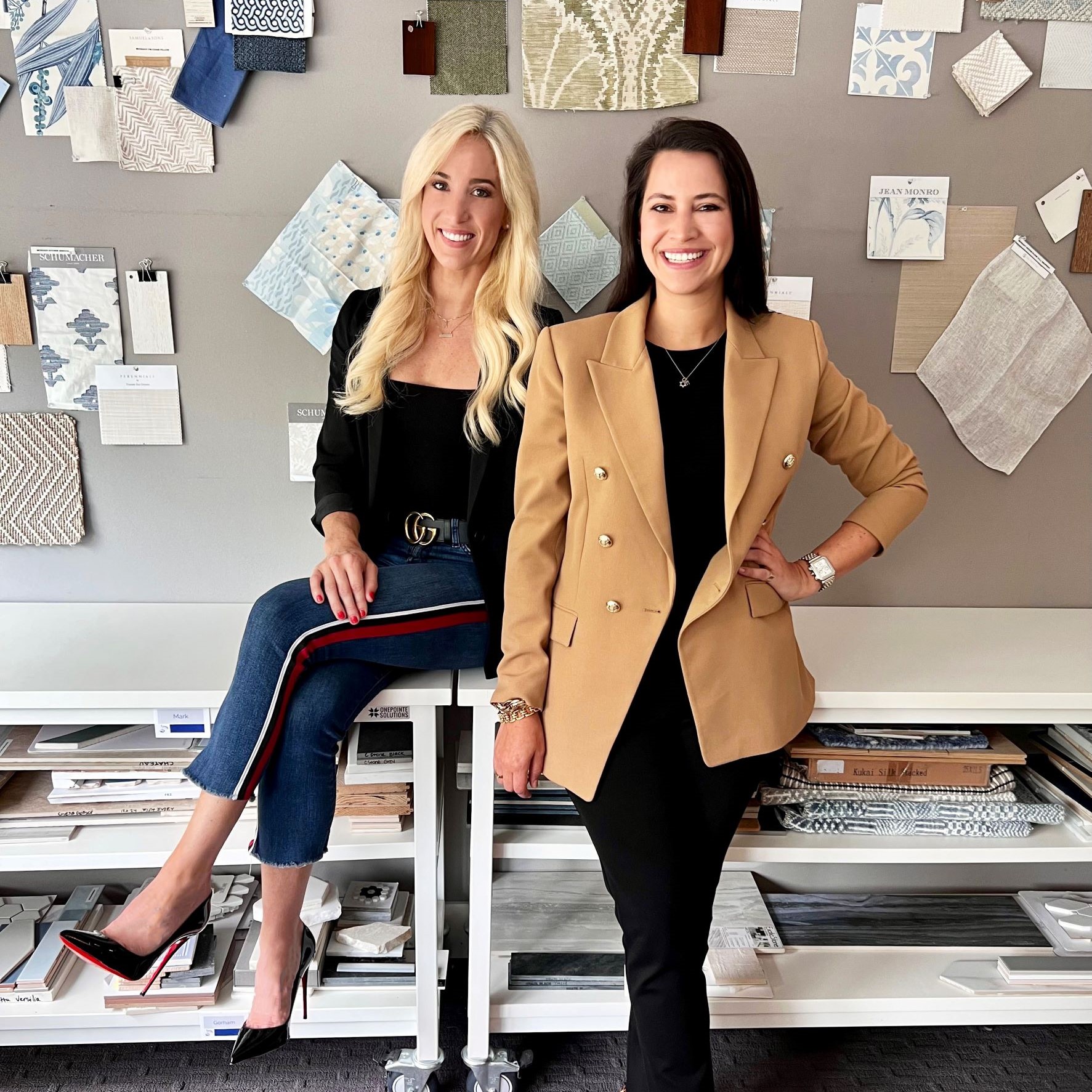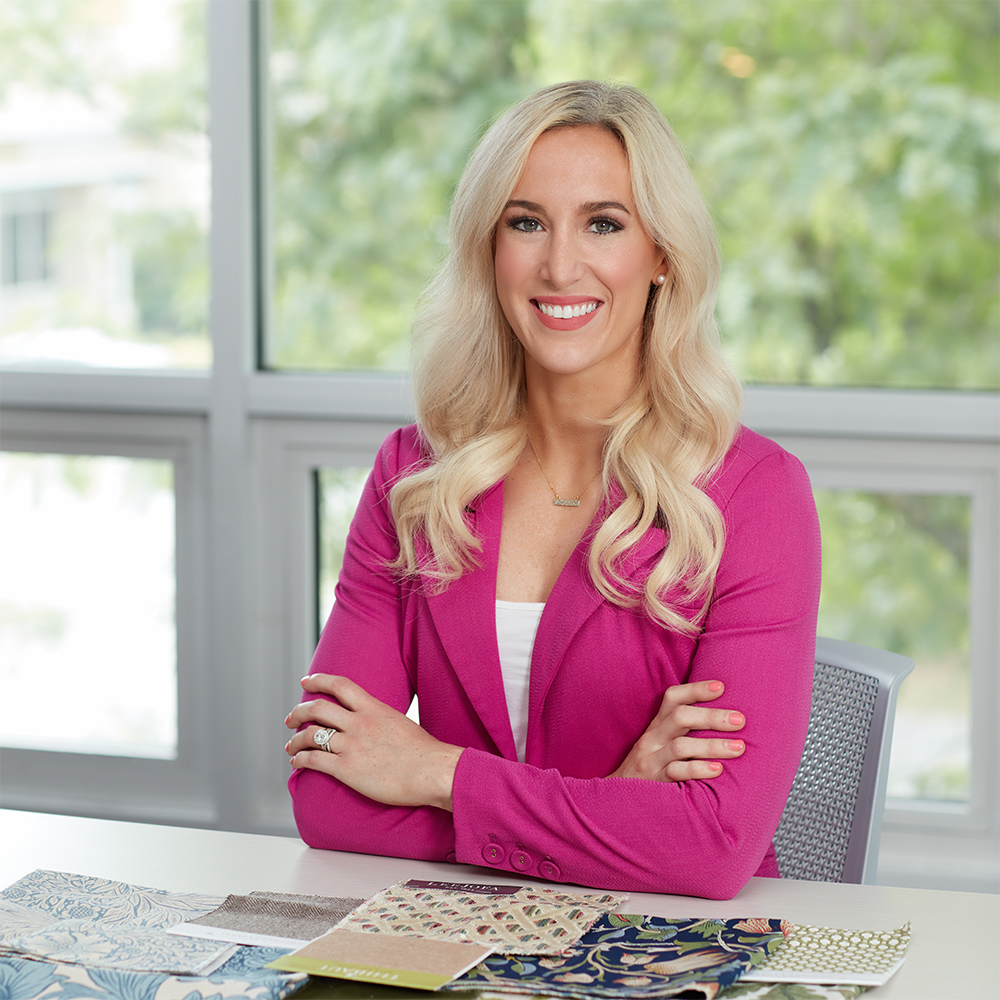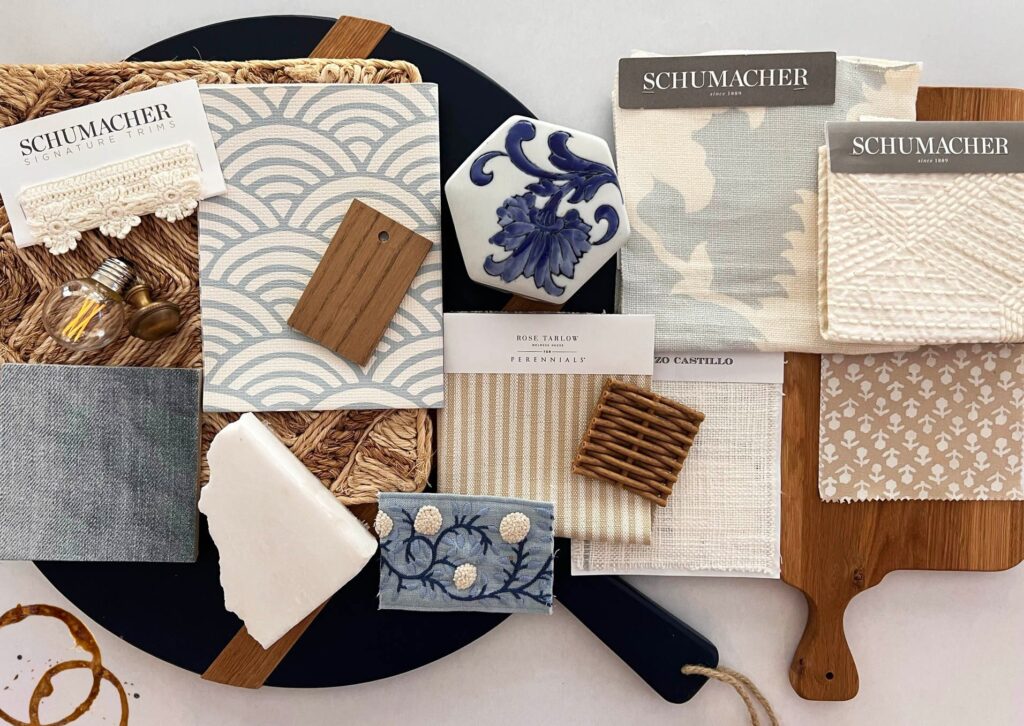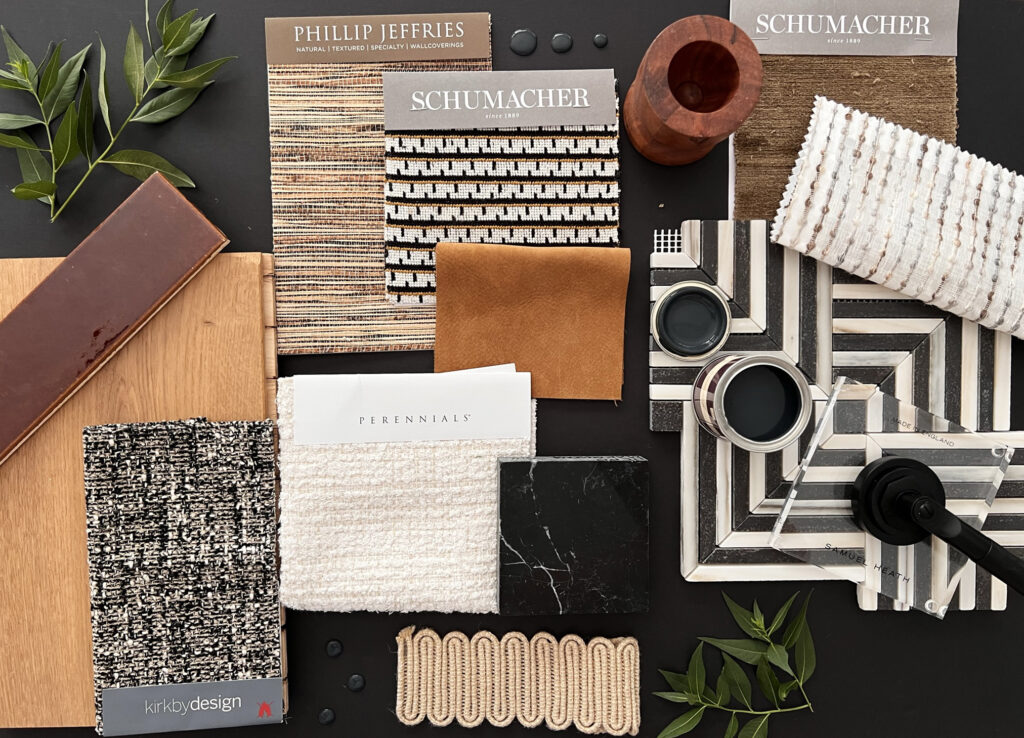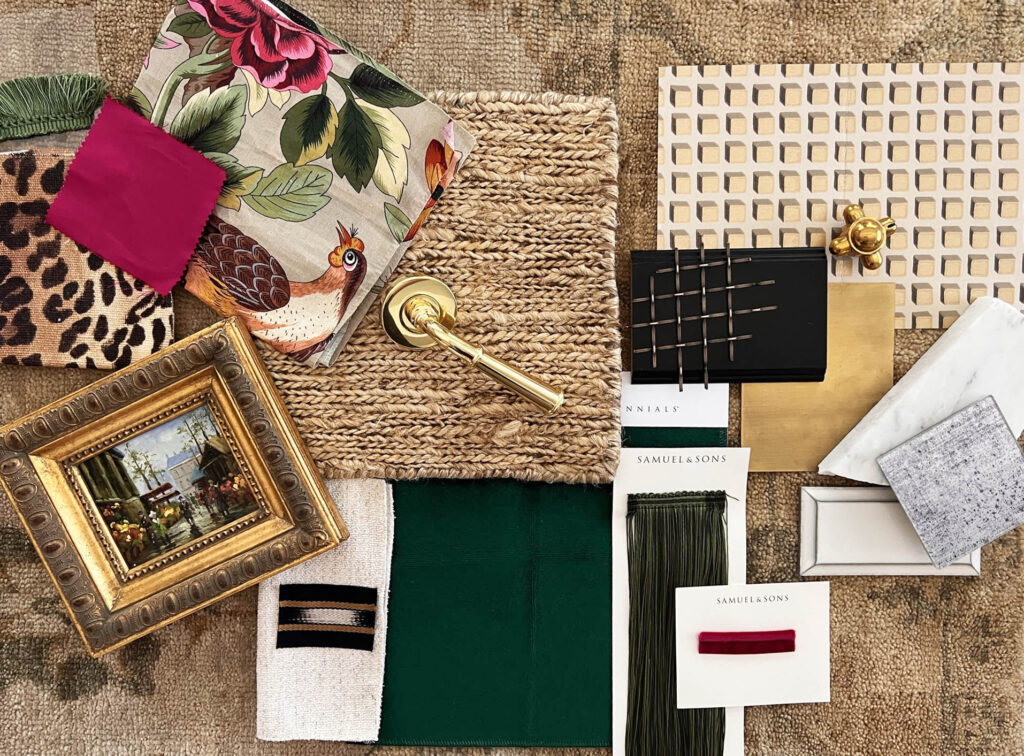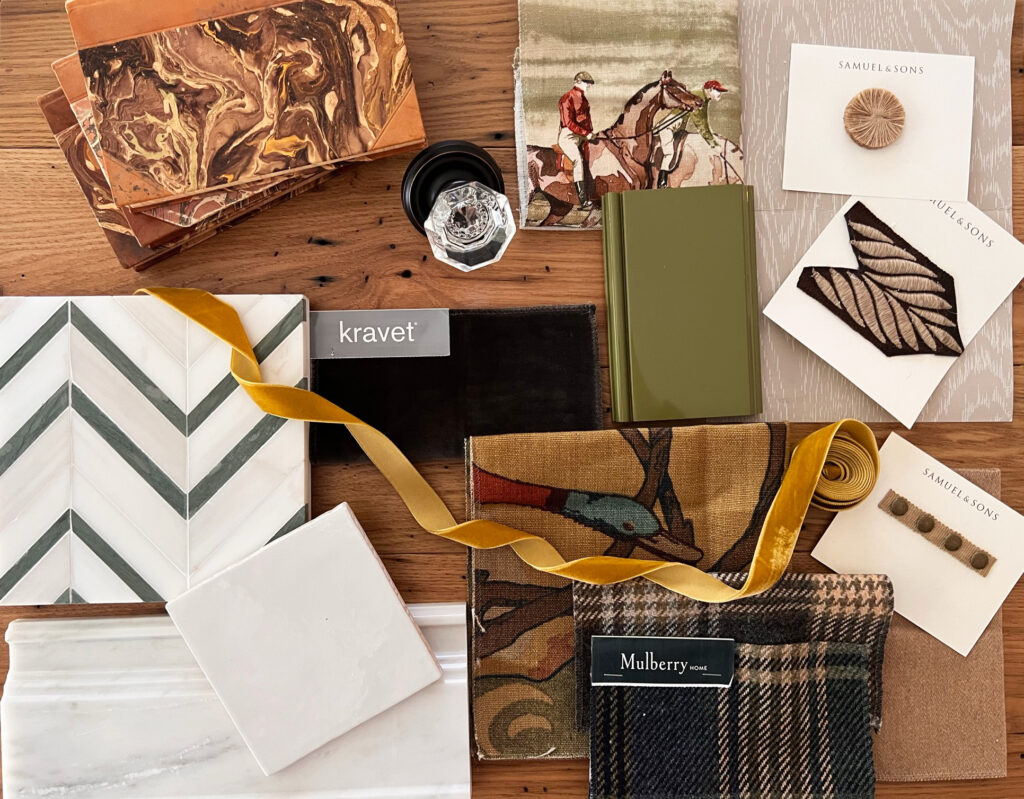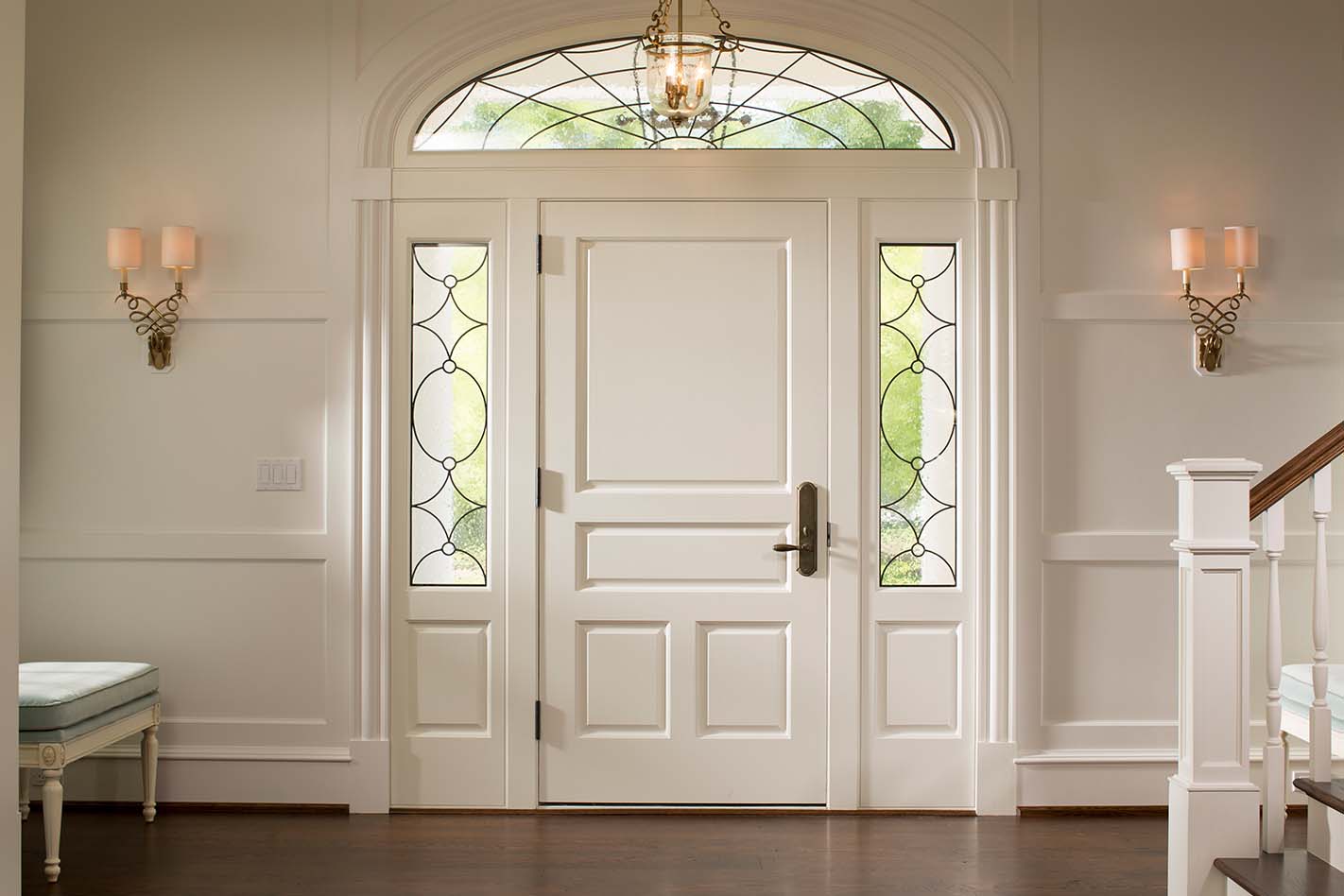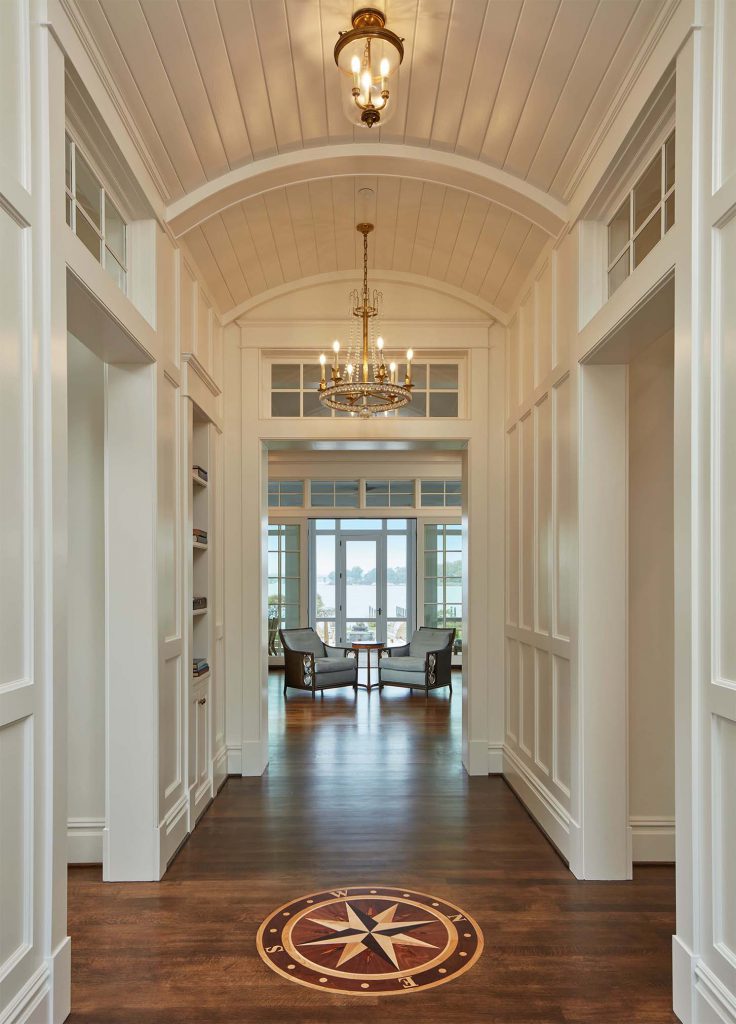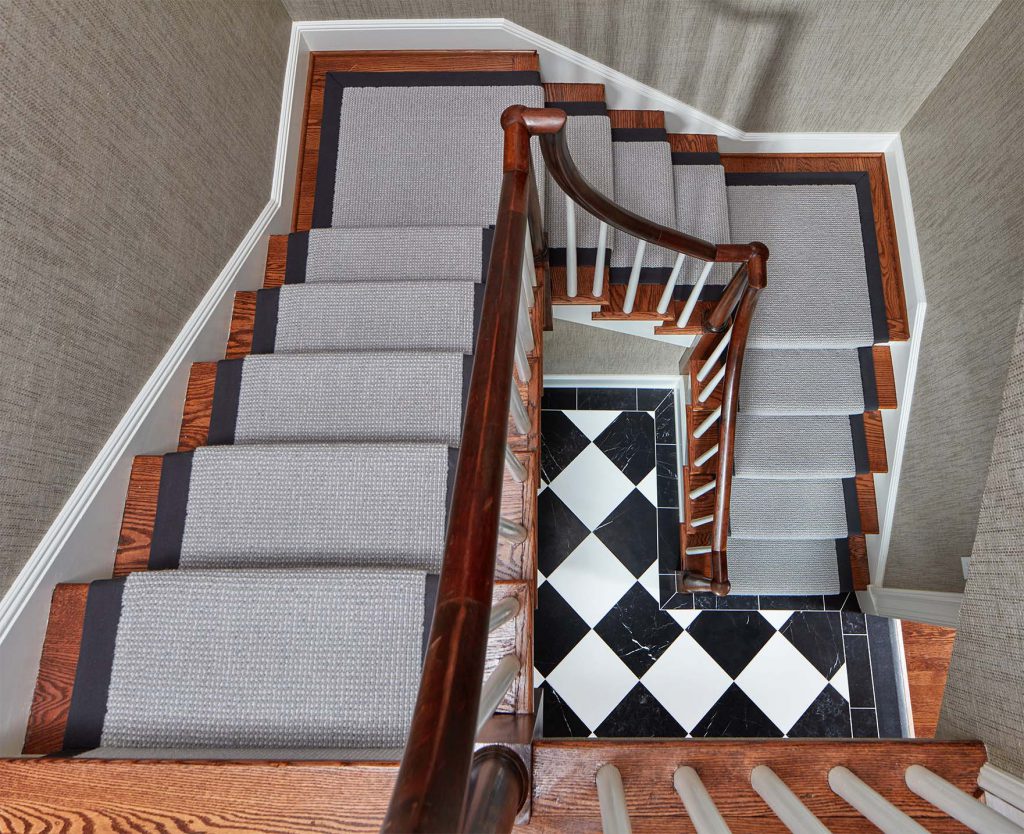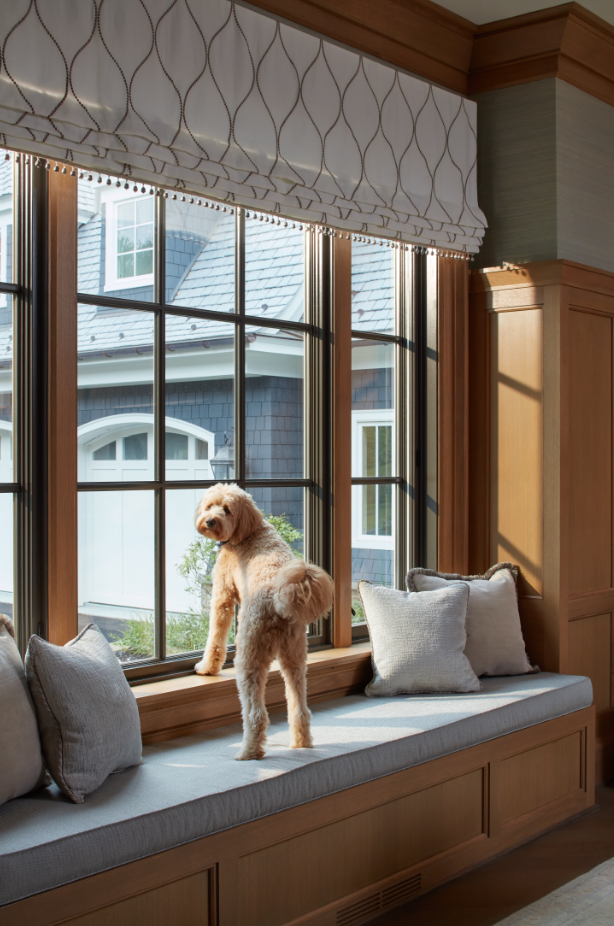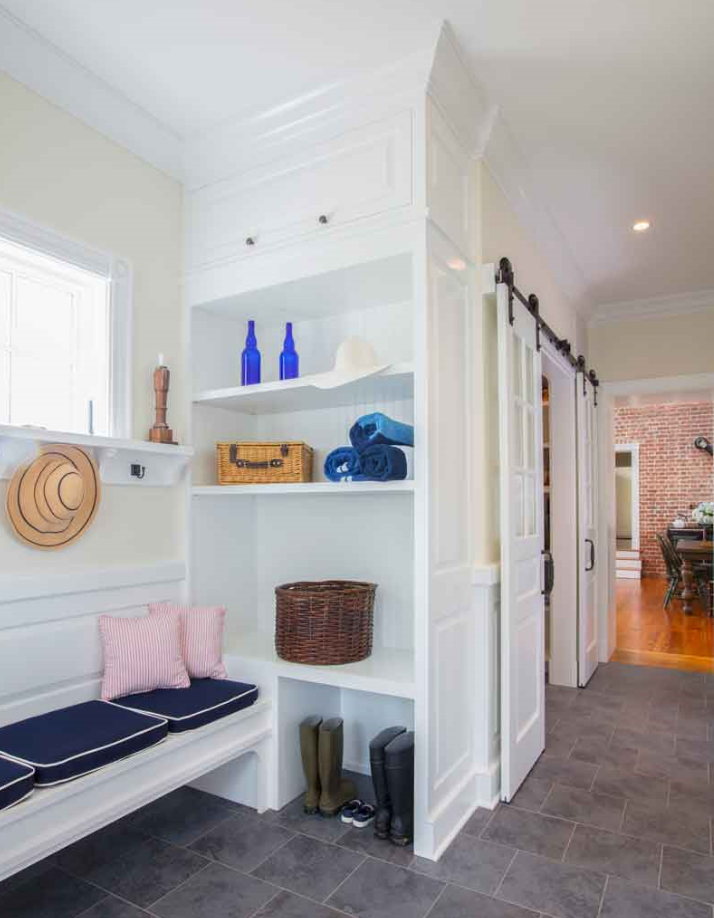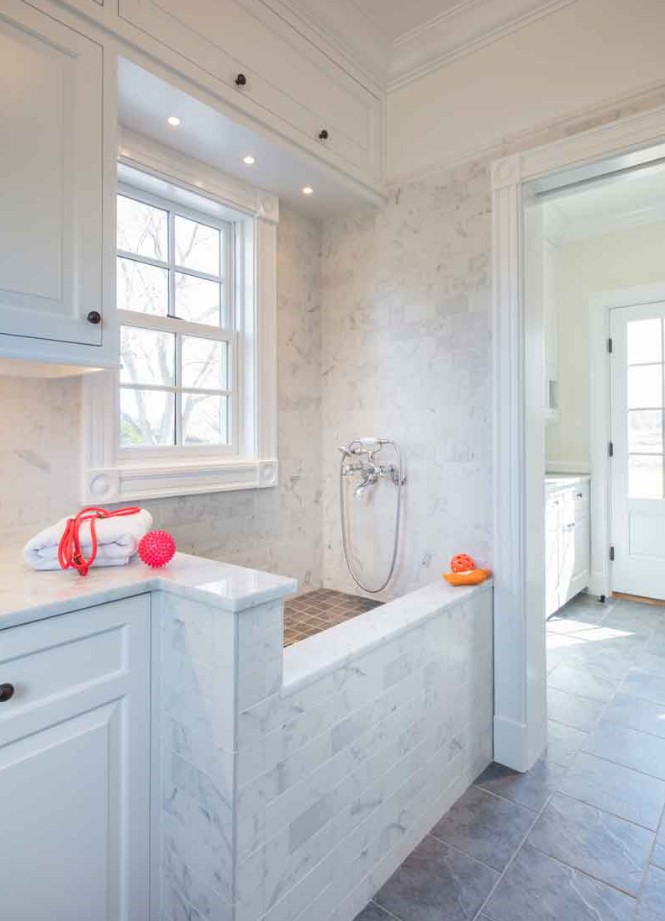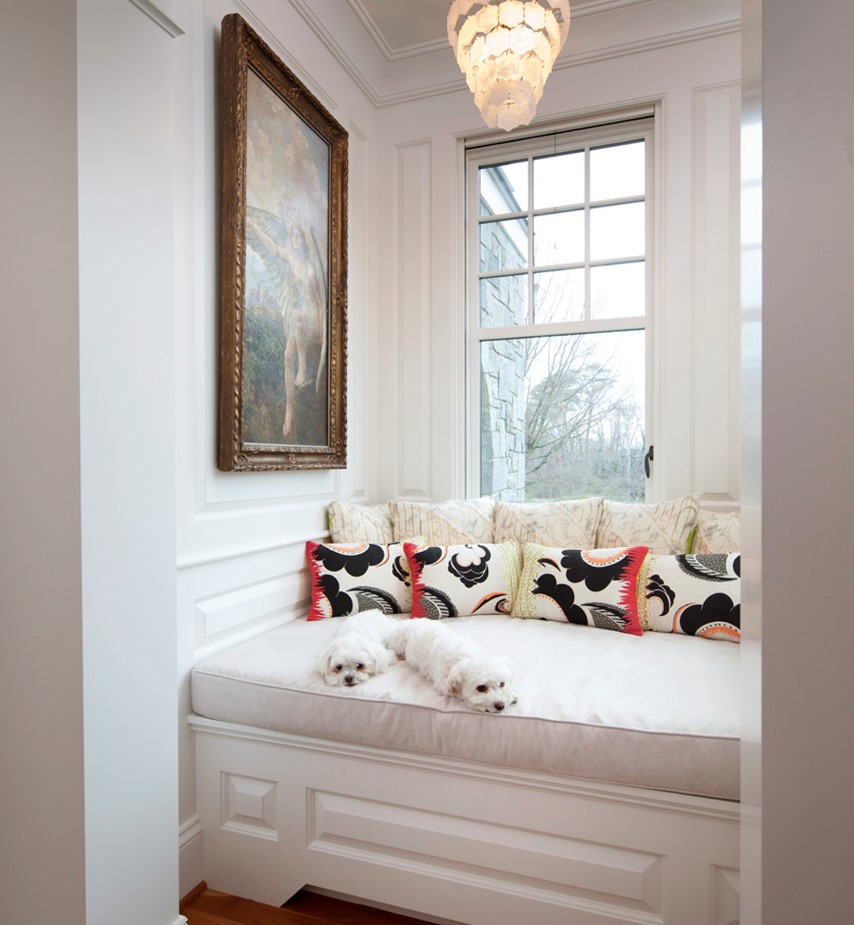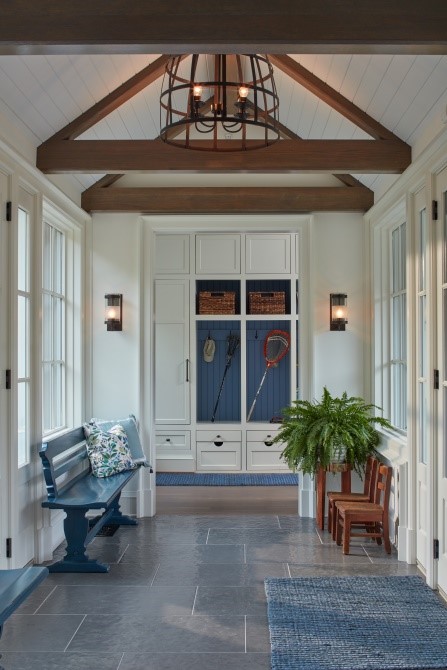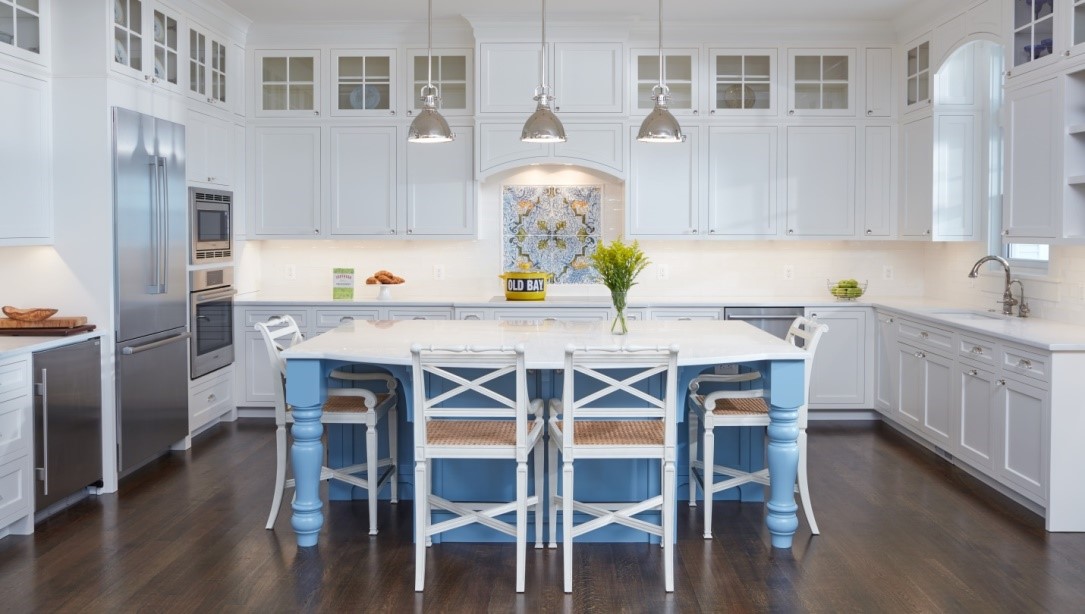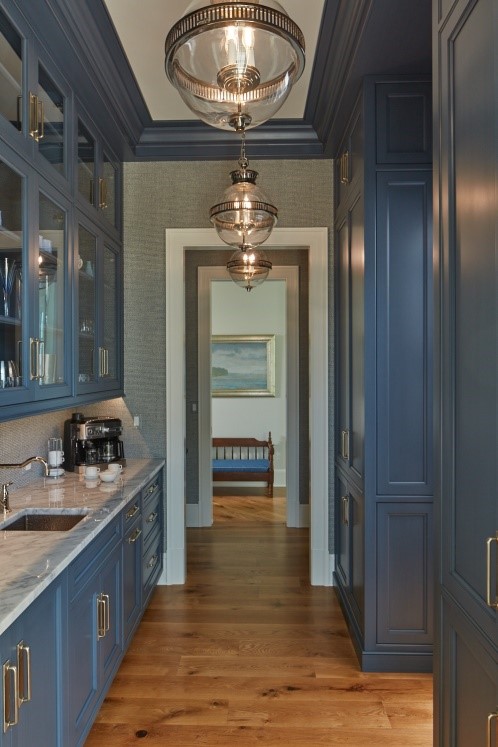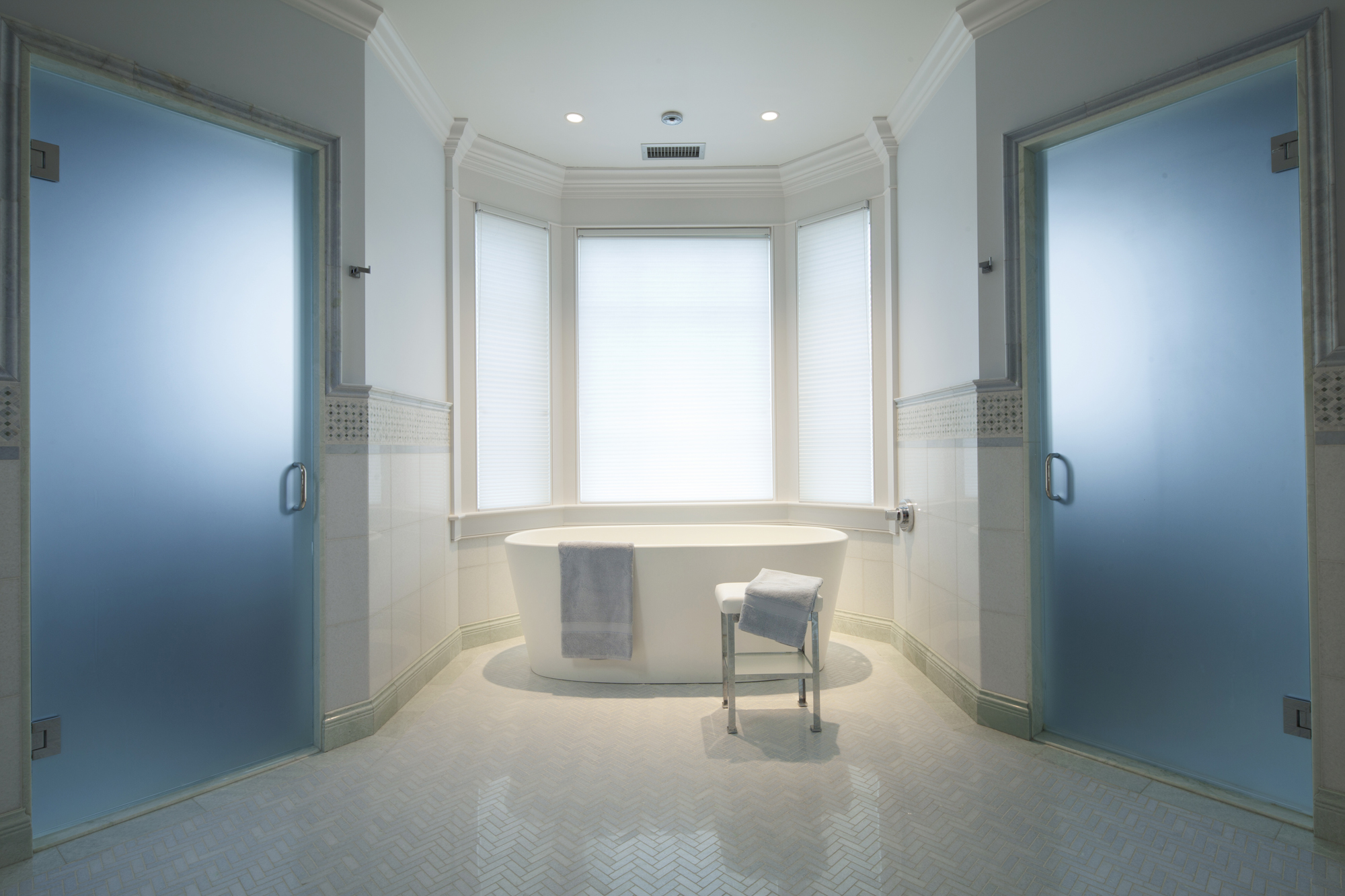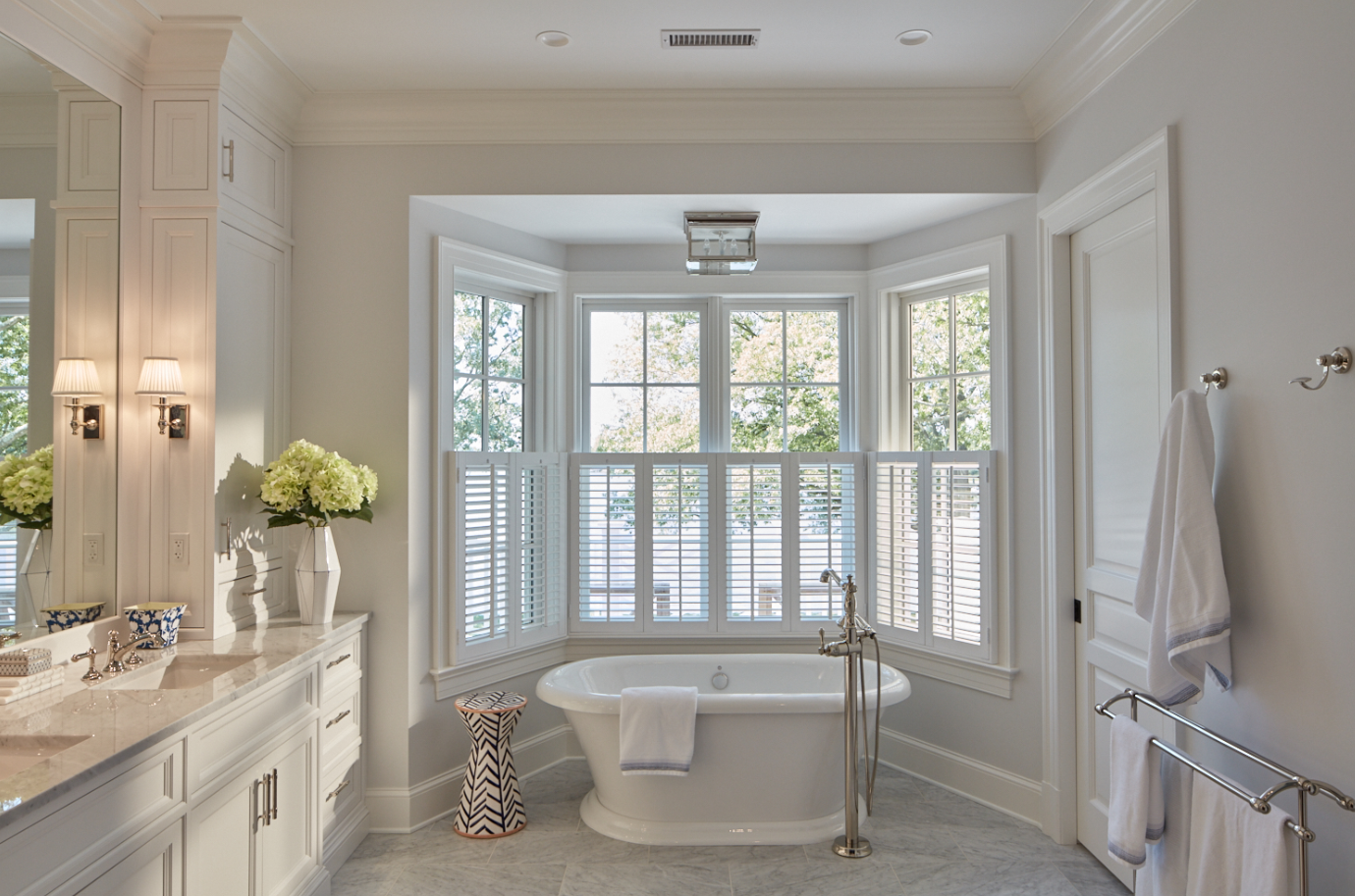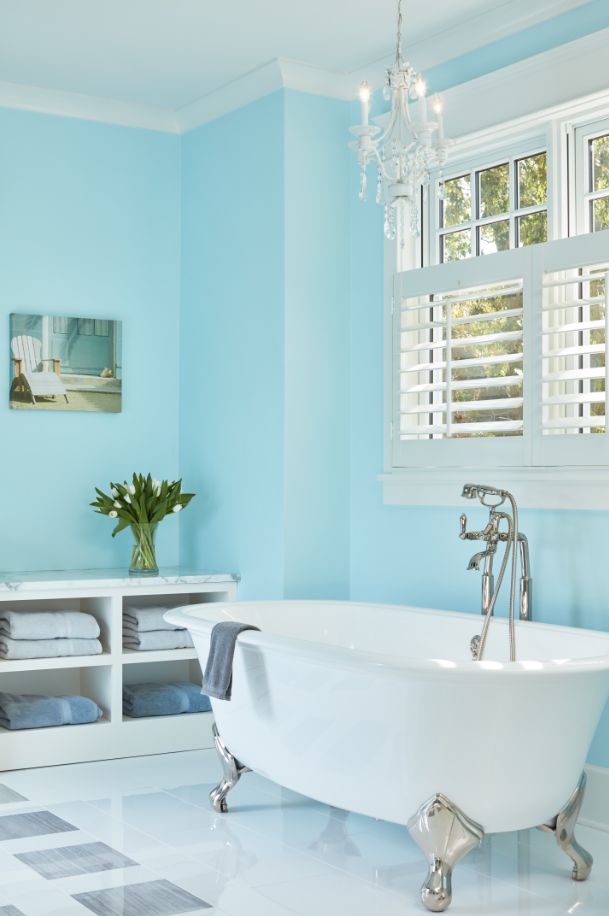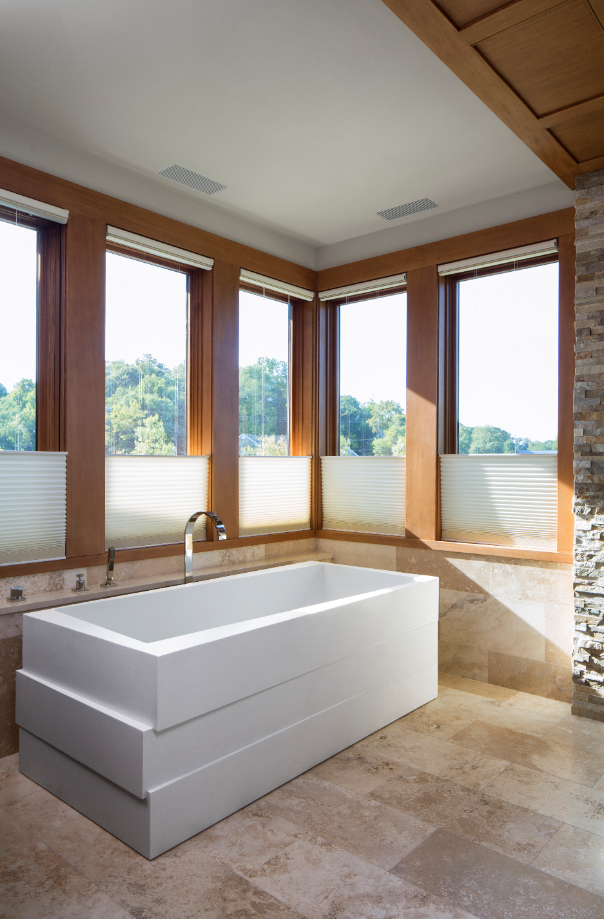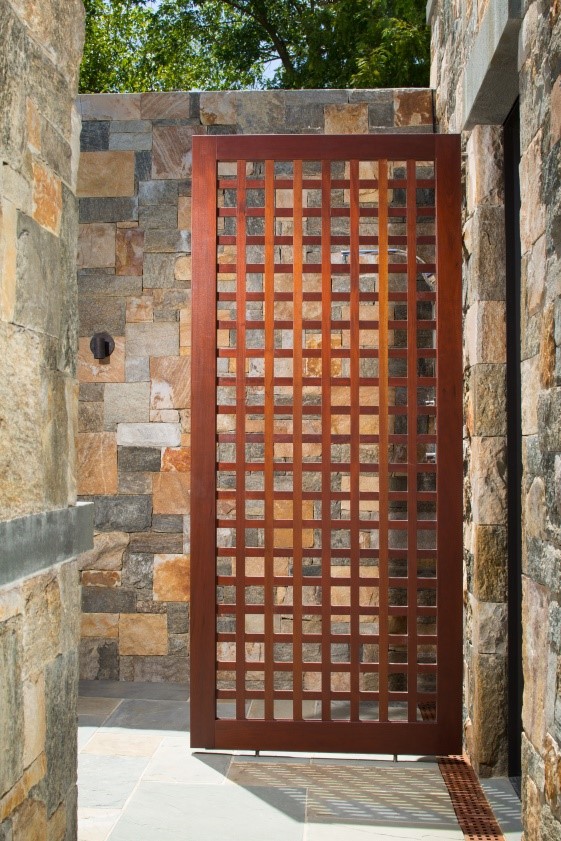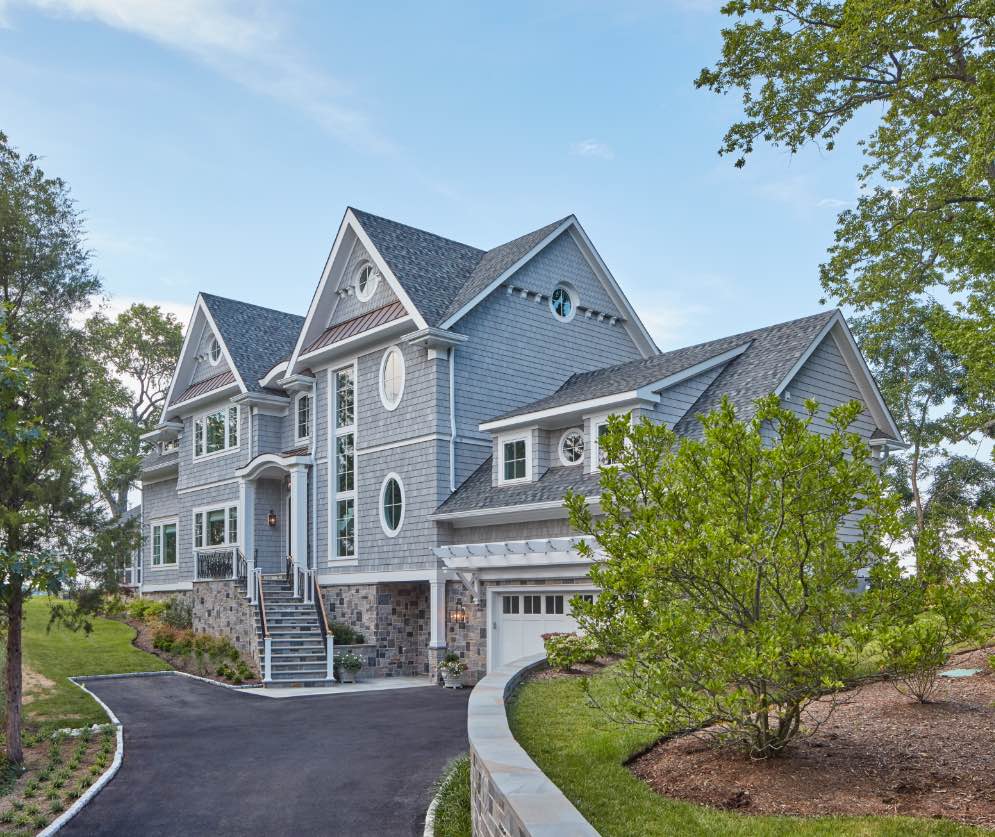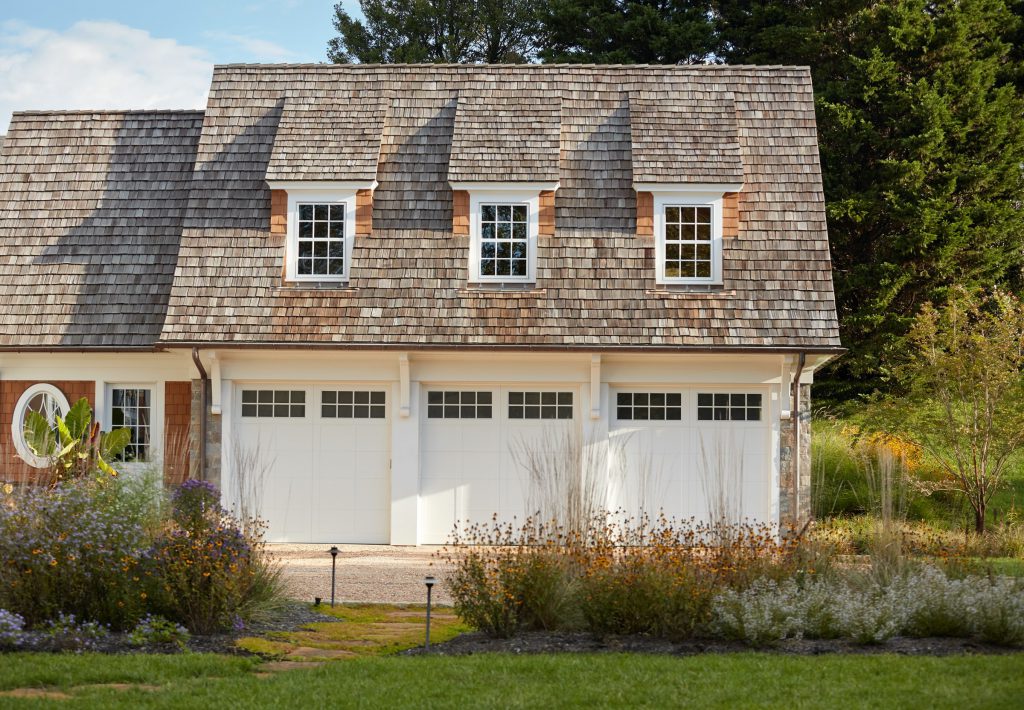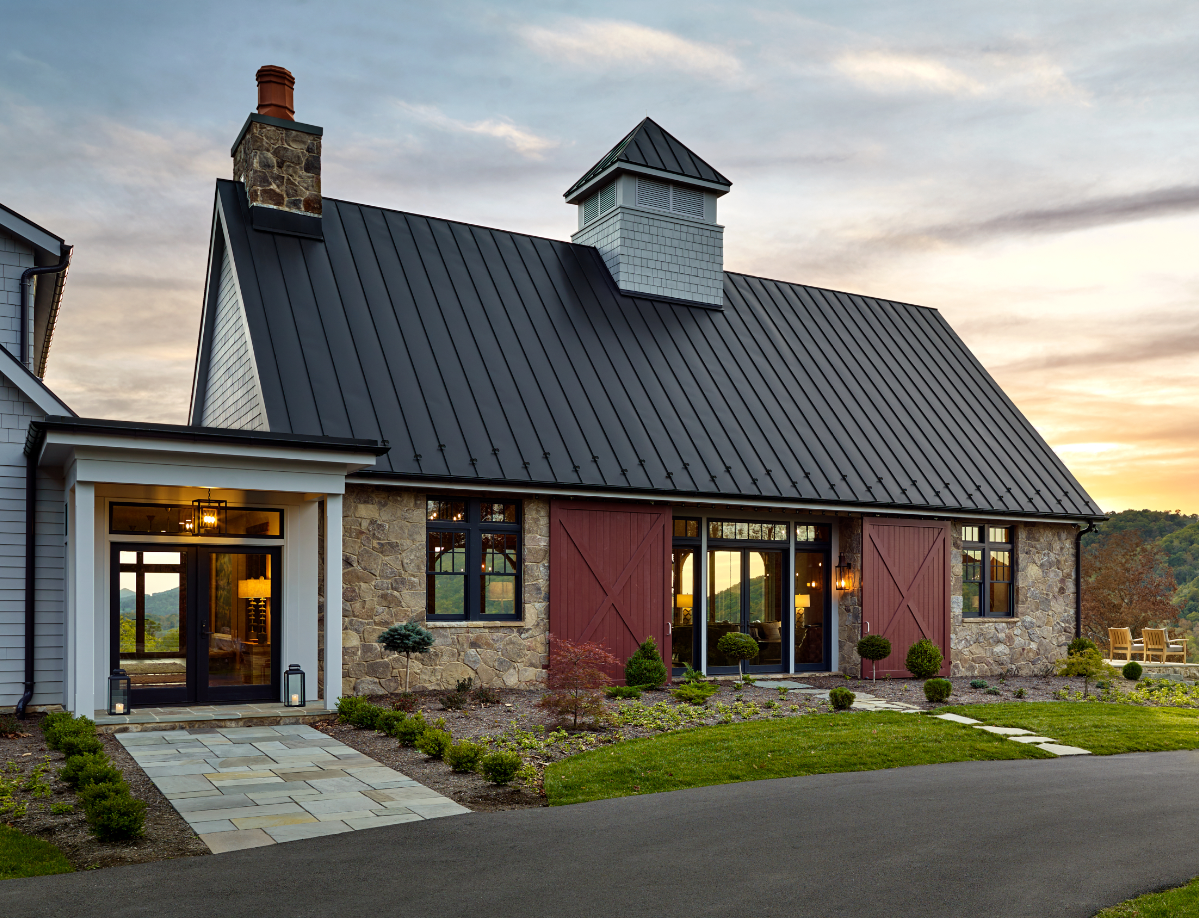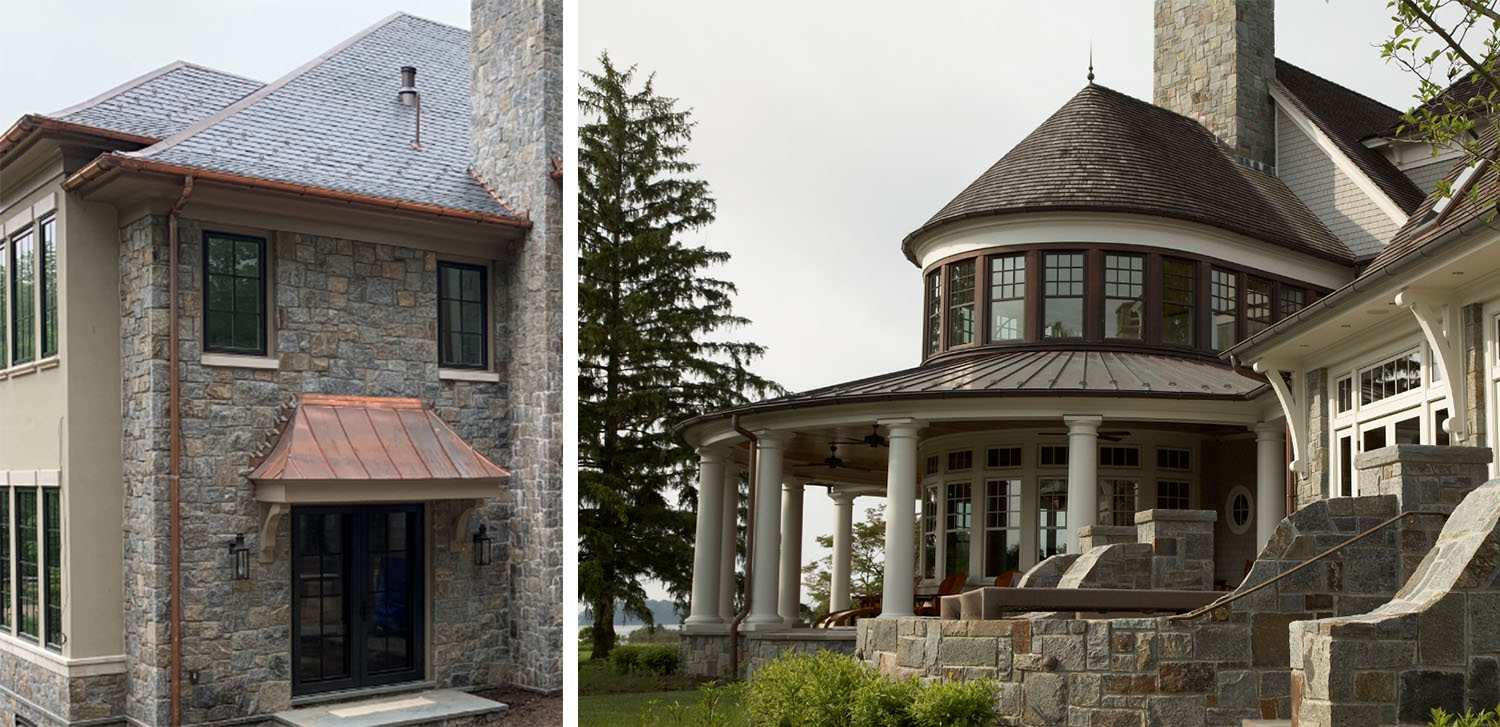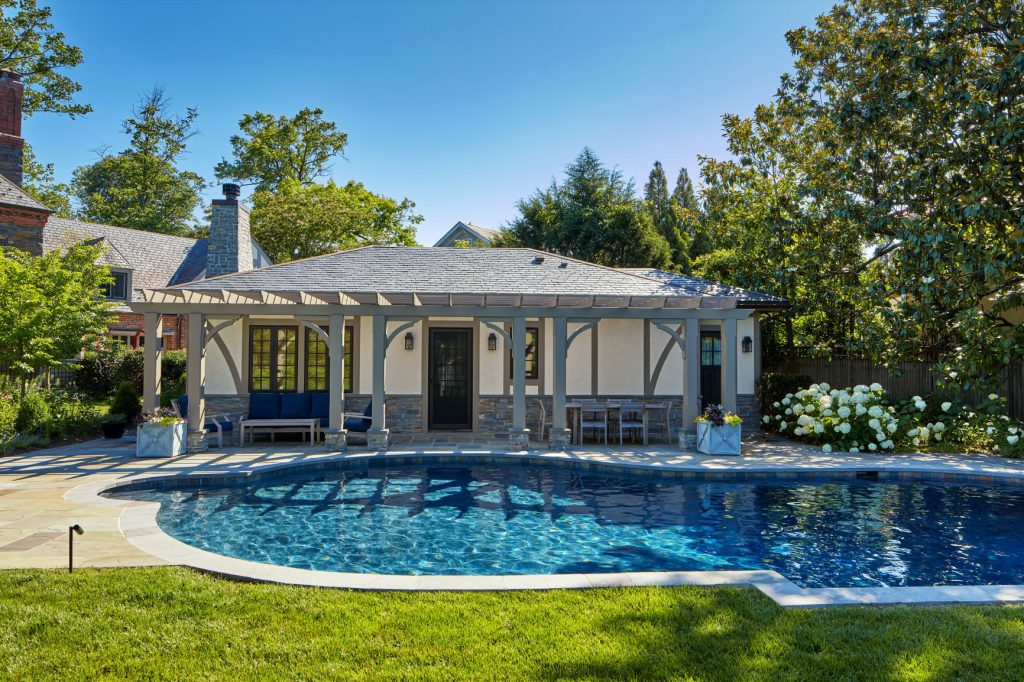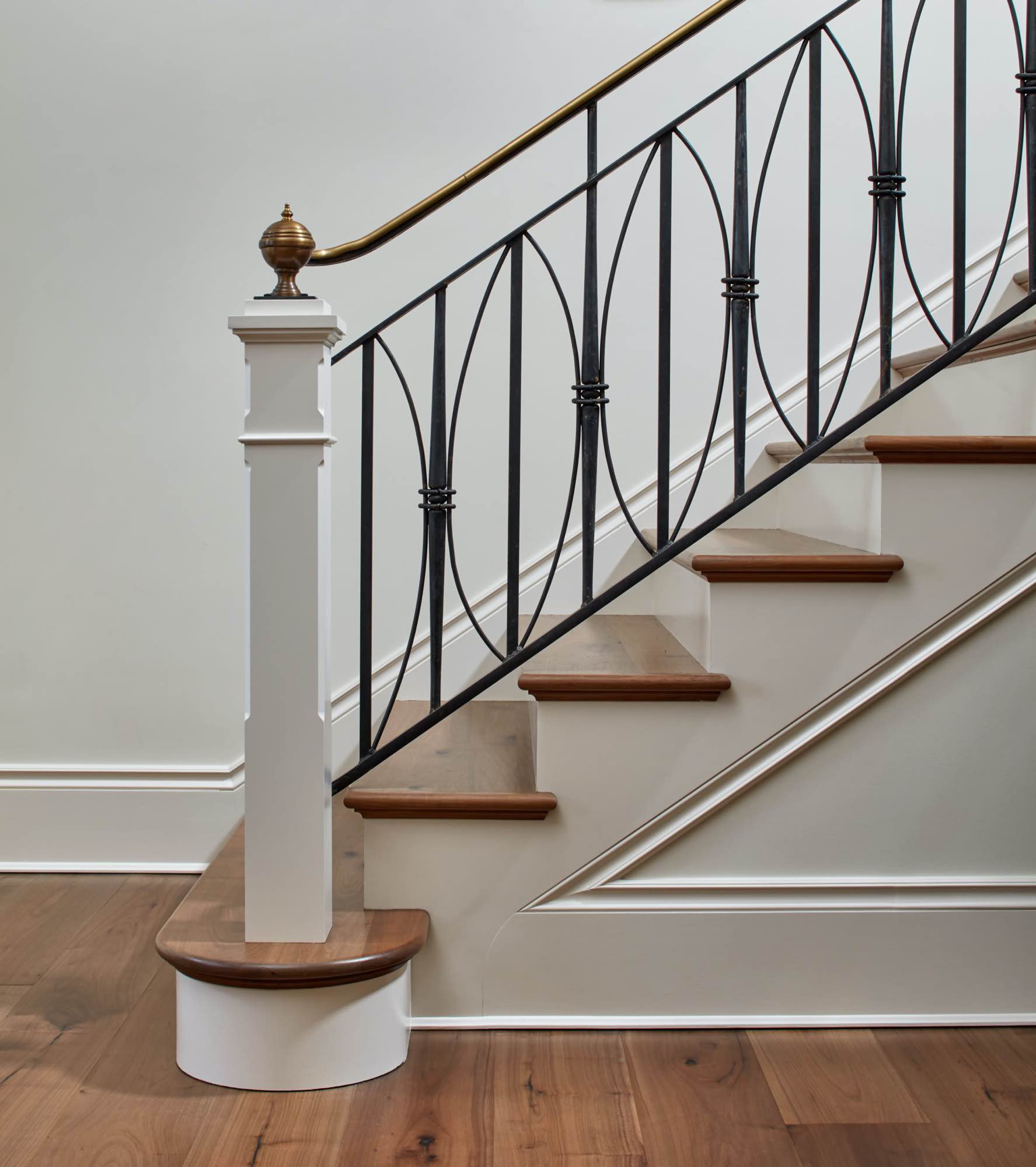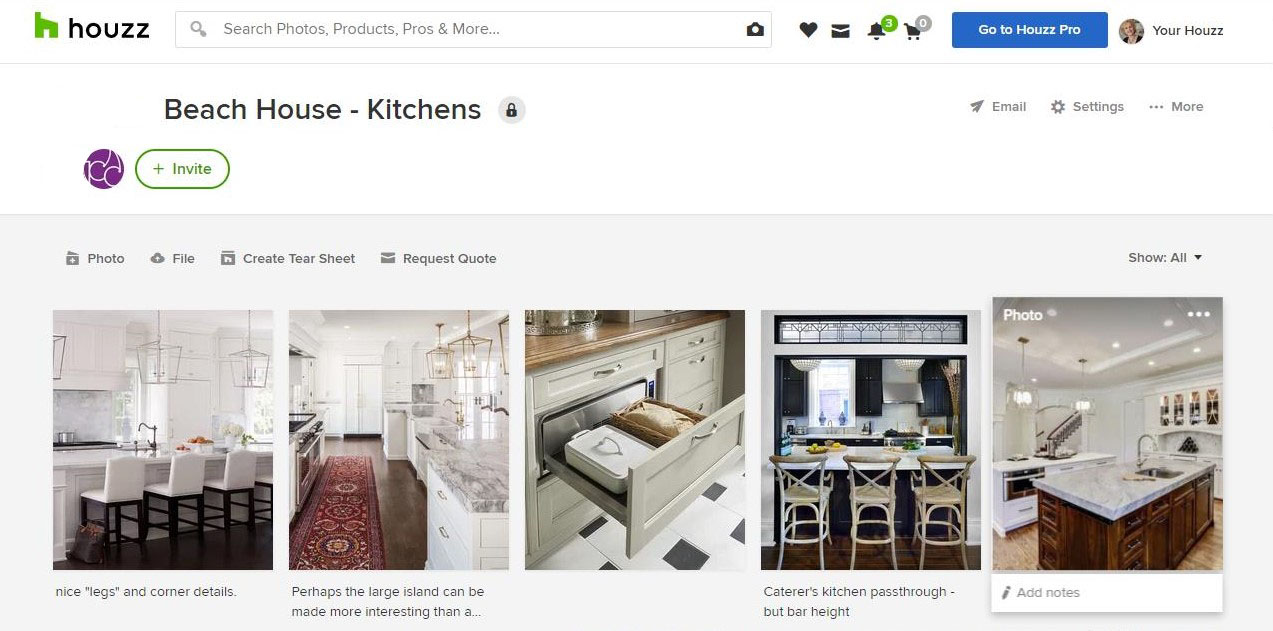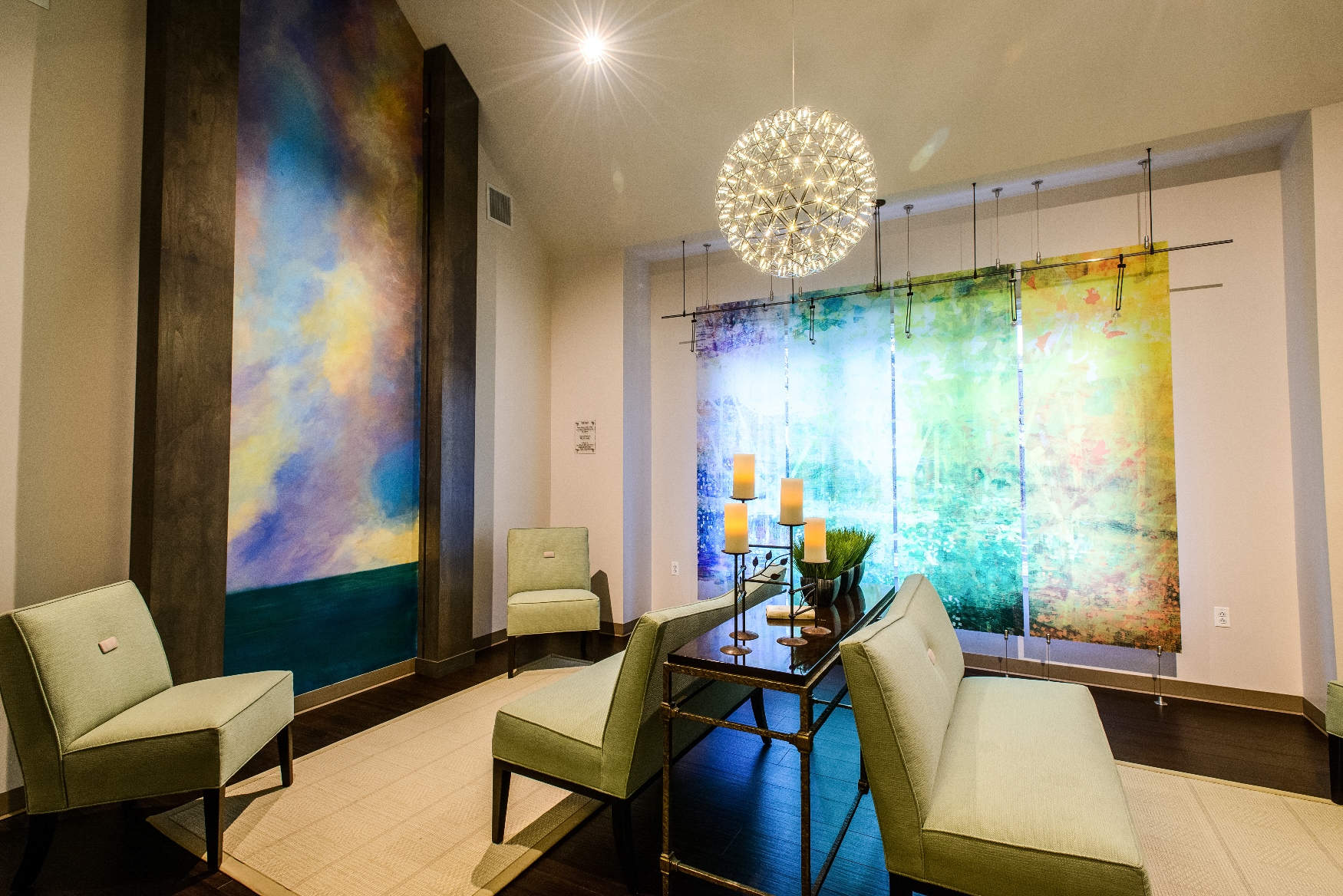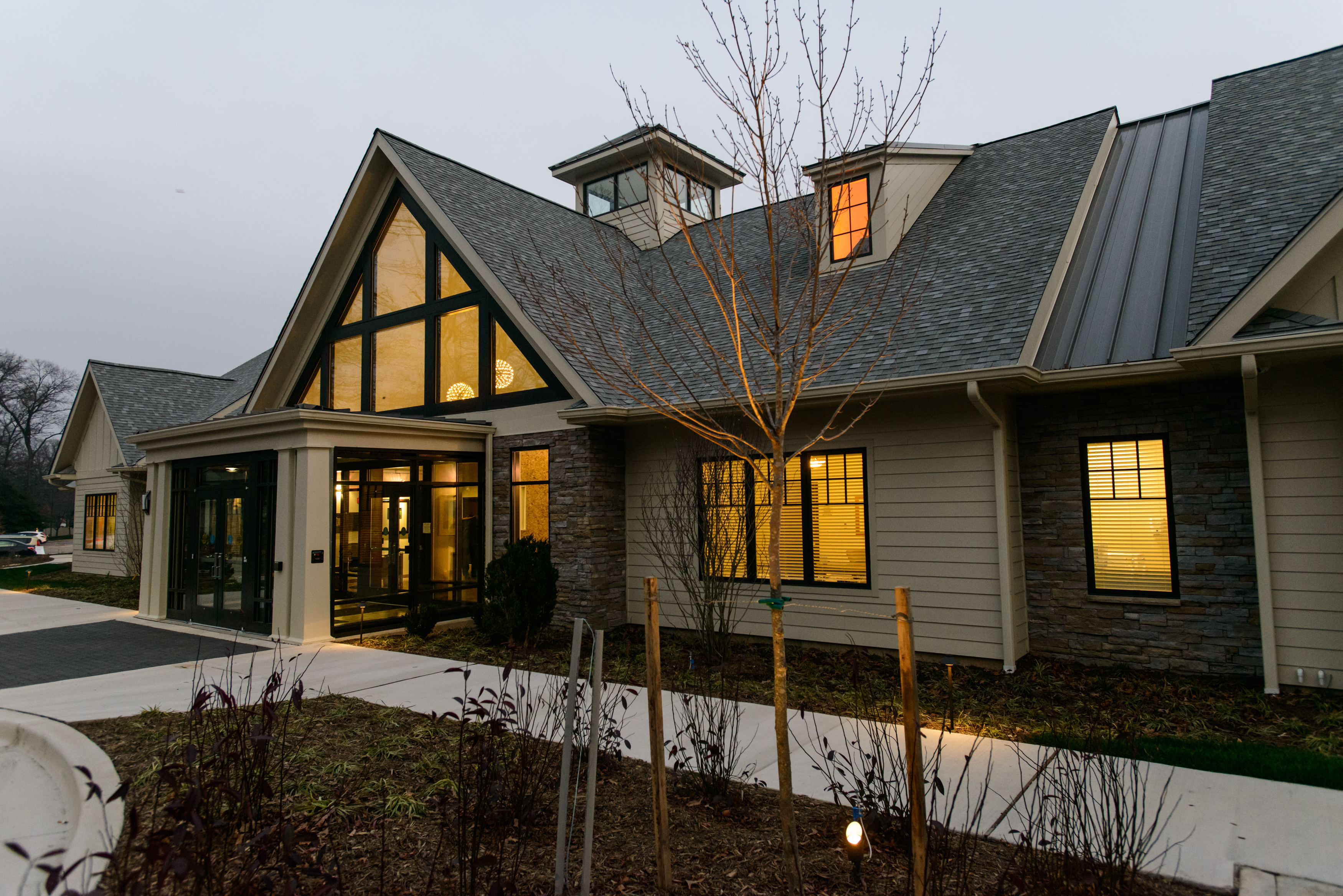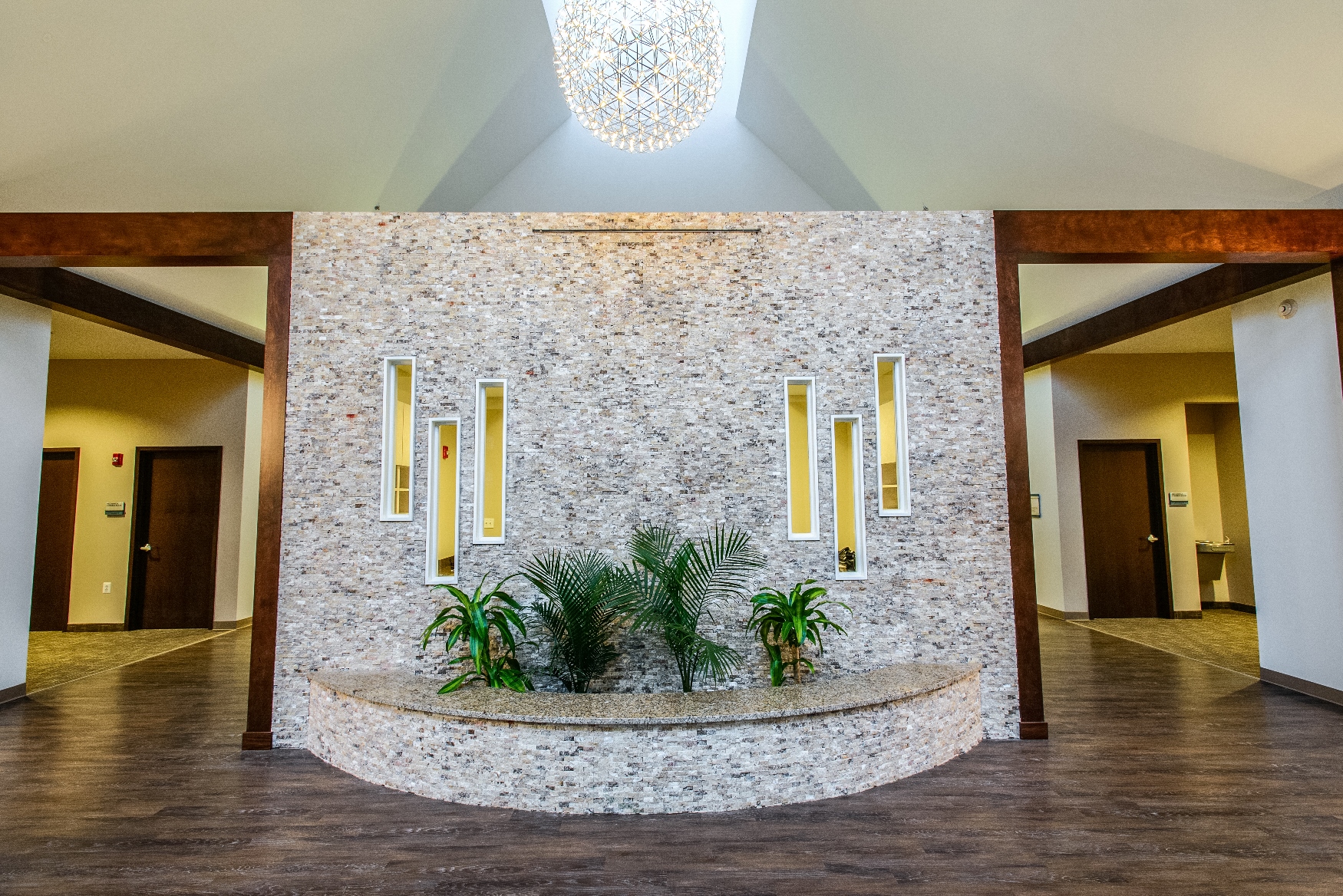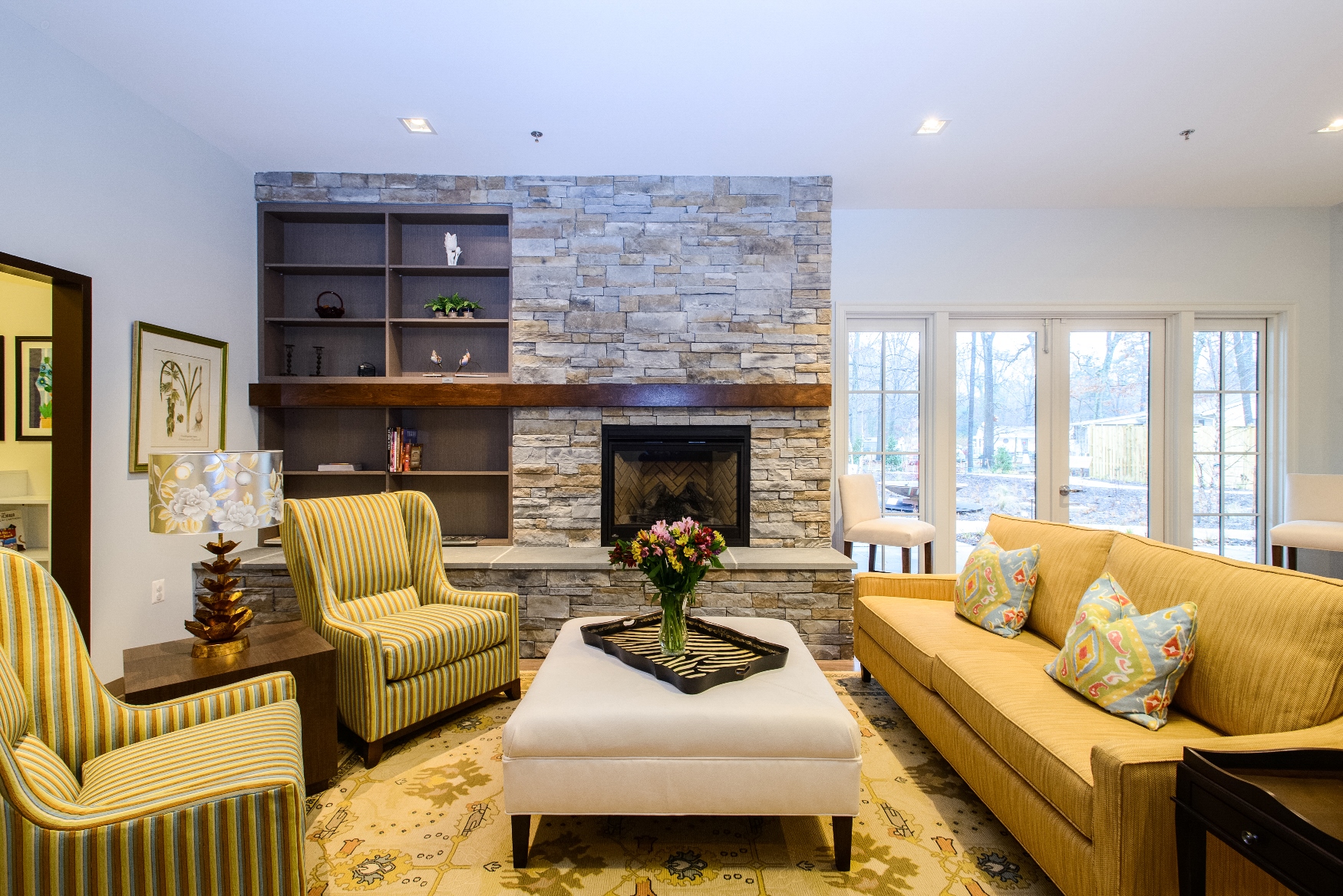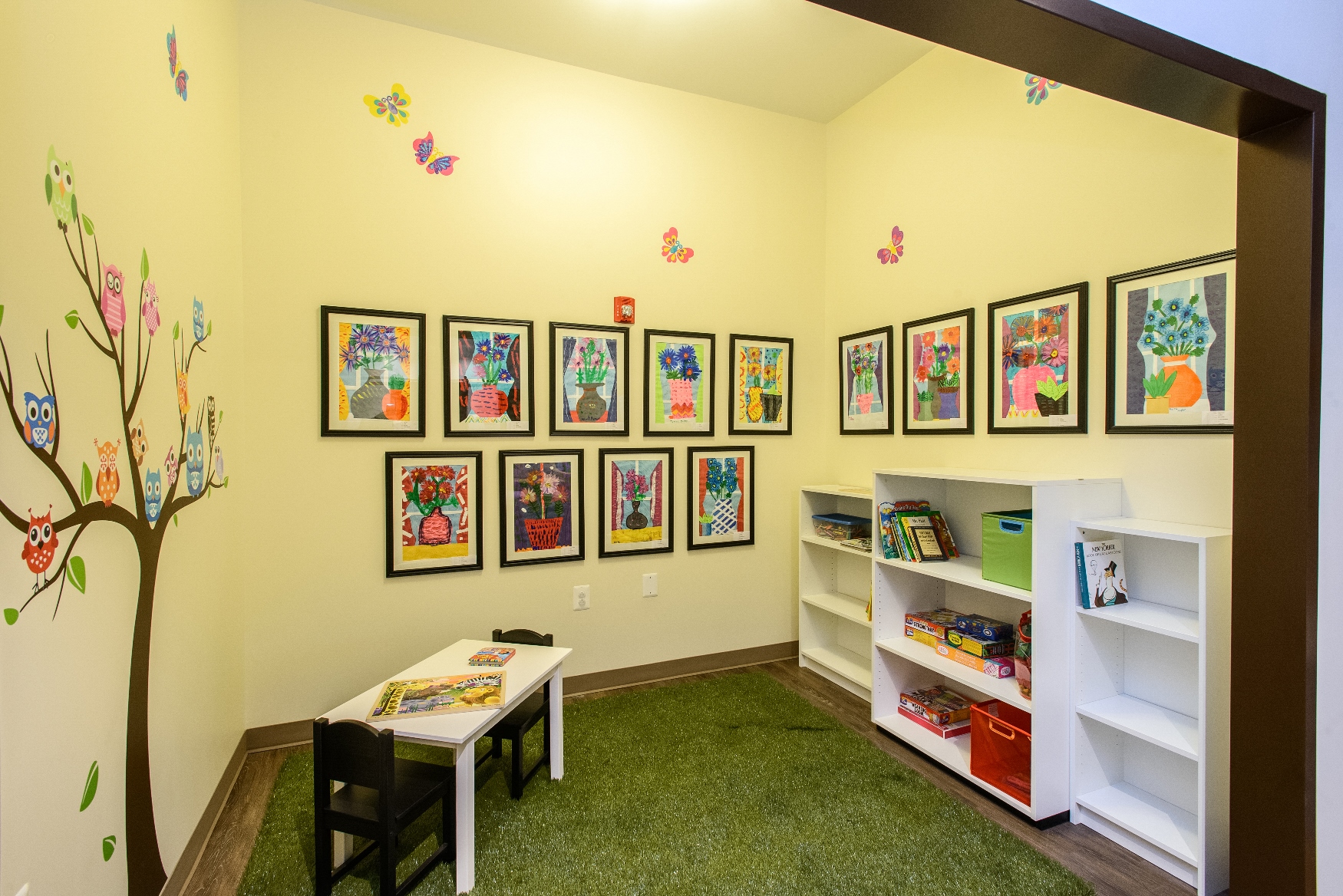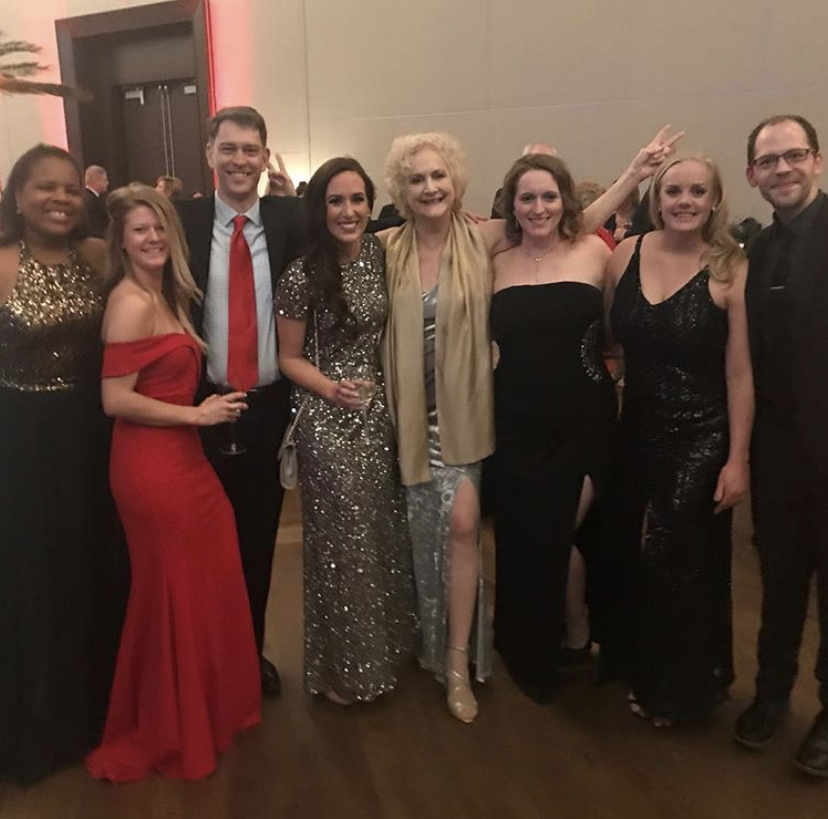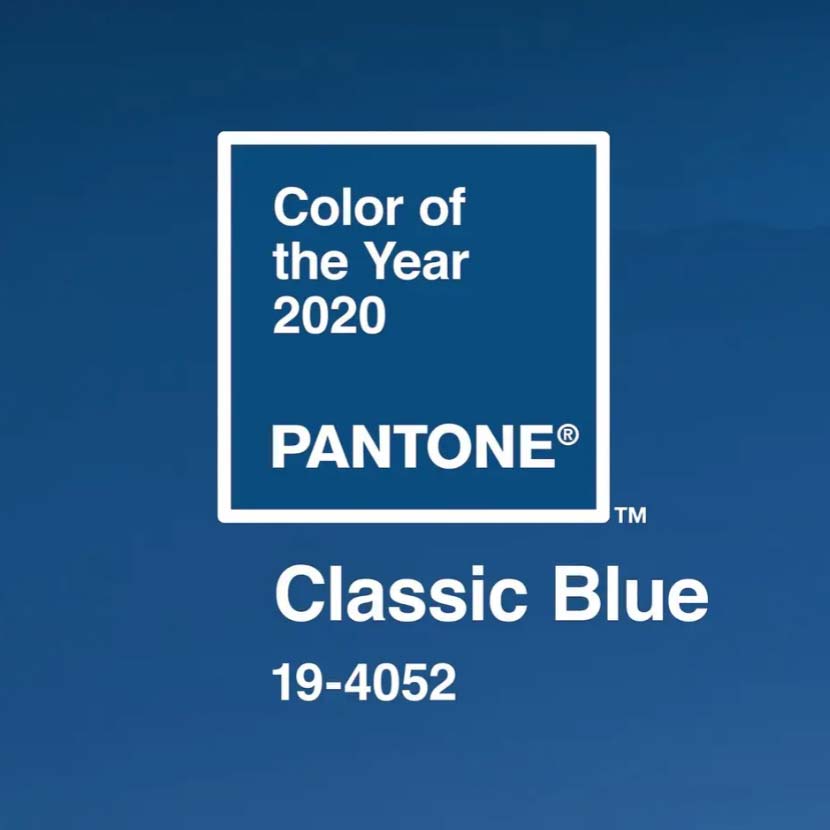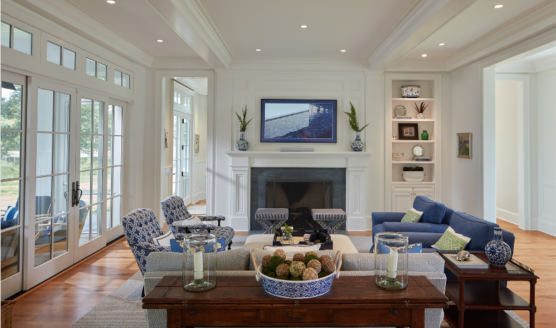1. Tell us about yourself.
I am an architect with a true love for designing beautiful residences. I recently moved to Annapolis from Chicago, where I ran my own boutique architecture firm for the last 21 years, producing high-end residential and multifamily designs throughout the U.S. and the Caribbean. My wife Tracie is an interior designer, and we have two children in grade school. My other passions are oil painting landscapes and photography.
2. Tell us about your architectural design journey. How did you get started and how did you get here?
I started my design journey in Miami, right out of college, designing homes in the constraints of that unique climate and aesthetic. I then found myself in the Midwest, designing in the more traditional and historic character of Chicago. Over the years, my work has branched out nationally and in the Caribbean, with every coming year bringing a new path, more design knowledge, and deeper experience under my belt. My architectural design journey is always evolving, building on every design I’ve created before.
3. How would you describe your design philosophy?
I would describe my design philosophy as rooted in traditional precedent, with a focus on creating updated environments for today’s lifestyles, with open, well-lit spaces that enhance the way my clients live. I believe that experiencing a well-designed space can always make your day better.
4. How do you work with a client to understand their needs?
I truly feel it’s important to listen more than you speak. As a project takes shape, I want my client to grow in the journey as well, resulting in a home that truly meets their needs. It is also important for me to take into consideration my past designs, what I learned from seeing how they are lived in, and the learnings of my overall life experiences. A great example of this is raising children – this experience has been immeasurable in understanding how to develop design solutions that create successful family spaces.
5. What is the best advice you have ever received (either personally or professionally)?
The best advice I ever received was to always be yourself – both in your designs and in your life – and to be an advocate for both your client’s budget and their dreams throughout the journey.
6. What inspires you?
I am inspired by historic design details found in older homes that have stood the test of time and provide a glimpse into the craftsmanship of bygone eras, and the evolution of new takes on our built environment that reimagine the architecture that we live in.
7. What is your favorite architectural design book?
Coming out of Chicago, I have always been fascinated with the work of Frank Lloyd Wright, not only for his designs, but more importantly, for the awe of realizing just how ahead of his time he was. The Frank Lloyd Wright Monograph Series is a fantastic book series showcasing his work. Unfortunately, it is out of print, but I am always looking for copies that come up for sale!
8. Which architectural design rule or concept do you refer to over and over?
While there are plenty of tested guidelines that have stood the test of time, I feel proportion and scale are elements of design that if applied correctly, will carry through to the successful detailing of any style of architecture. When people look at structures they don’t like but can’t quite pinpoint why, it is often the misuse of these elements that are the underlying cause of the unease.
9. In your opinion, what is one thing that will never go out of style?
I feel that symmetry is the one thing that will never go out of style. There will always be an opportunity in architecture to bring order and balance to chaos.
10. What are five things you can’t live without right now?
The five things I currently can’t live without are my family, for whom I am making this journey, a good book I can get lost in at the end of a day, virtual meetings, which have brought us all a new way to more easily connect to a global market, my iPad, which has become an indispensable design tool, and steamed blue crabs, my favorite food!
